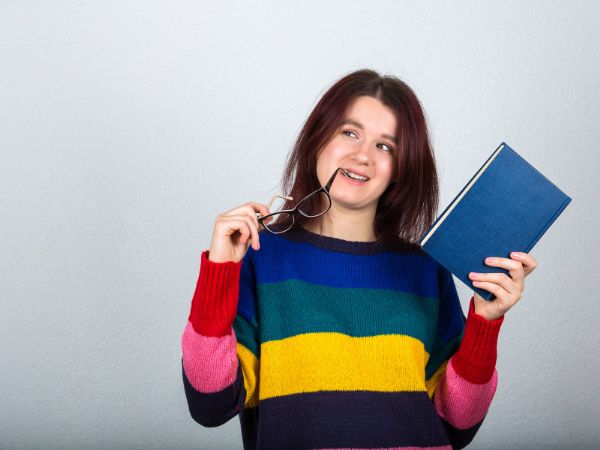Ever wondered why you gravitate towards certain clothing items in a store, or why a specific color just feels right on some days? Most of us might brush these off as simple preferences, but there’s a deeper narrative at play. The clothes we wear are more than mere threads sewn together; they’re a reflection of our psyche. They convey stories, moods, ambitions, and even fears. This intriguing dance between our wardrobe and our emotions is what we unravel as we dive into “The Psychology of Fashion“.
Clothing: A Mirror to the Mind
- Mood Modulators: Ever had those “I have nothing to wear” days? Here’s a secret: it’s rarely about the clothes. It’s about our mood. Clothing acts as an extension of our emotions. Feeling blue? You might opt for comfort wear. Riding a confidence high? A power suit or bold colors might be your pick.
- Identity Anchors: Our fashion choices are like bookmarks to our personality. The rocker jackets, elegant dresses, or those bohemian scarves – they’re all fragments of who we are or who we aspire to be.
- Memory Markers: Some outfits transport us back in time. Remember that prom dress or the tie you wore to your first job interview? They’re not just clothes; they’re time machines.
Our Silent Communicators: What Clothes Say
- First Impressions: We’ve all heard it – you only get one chance to make a first impression. And more often than not, our clothes are our spokespersons. Before a word is uttered, your outfit might have already whispered a tale.
- Social Signifiers: Clothes are powerful social tools. They signify status, group affiliations, or even societal norms. Think about the crisp uniforms of the military or the casual tees of the tech gurus.
- Cultural Connect: Our outfits often root us to our culture. The traditional attires from around the world aren’t just fashion statements; they’re badges of heritage.
The Color Code: How Hues Influence Us
Did you know that the color you wear can affect your mood and how others perceive you? It’s not just superstition; it’s color psychology at play.
- Red: Seen as bold and attention-grabbing, red exudes confidence.
- Blue: Often associated with calmness and reliability.
- Green: A hue that speaks of harmony, nature, and freshness.
- Black: A universal symbol of elegance, power, and mystery.
Frequently Asked Questions (FAQs)
- How does fashion affect our self-esteem? Fashion acts as an armor, a confidence booster. When we feel good in what we wear, it translates to a positive self-image.
- Is there a reason for fashion trends or are they arbitrary? Fashion trends often reflect societal changes, political climates, or cultural shifts. They’re not random but are reflective of the zeitgeist.
- Can fashion be therapeutic? Absolutely! Dressing up, experimenting with styles, or even decluttering a wardrobe can be therapeutic. It’s a form of self-expression and self-care.
In Conclusion
“The Psychology of Fashion” isn’t just a fascinating study of clothes and trends; it’s an exploration of human behavior, emotions, and social dynamics. Our fashion choices, whether intentional or subconscious, tell our story, express our emotions, and play a pivotal role in shaping our interactions. So, next time you pick an outfit, remember, it’s not just about looking good, it’s about feeling and conveying a myriad of emotions and stories. After all, isn’t it astonishing how a simple piece of fabric can say so much without uttering a word?

